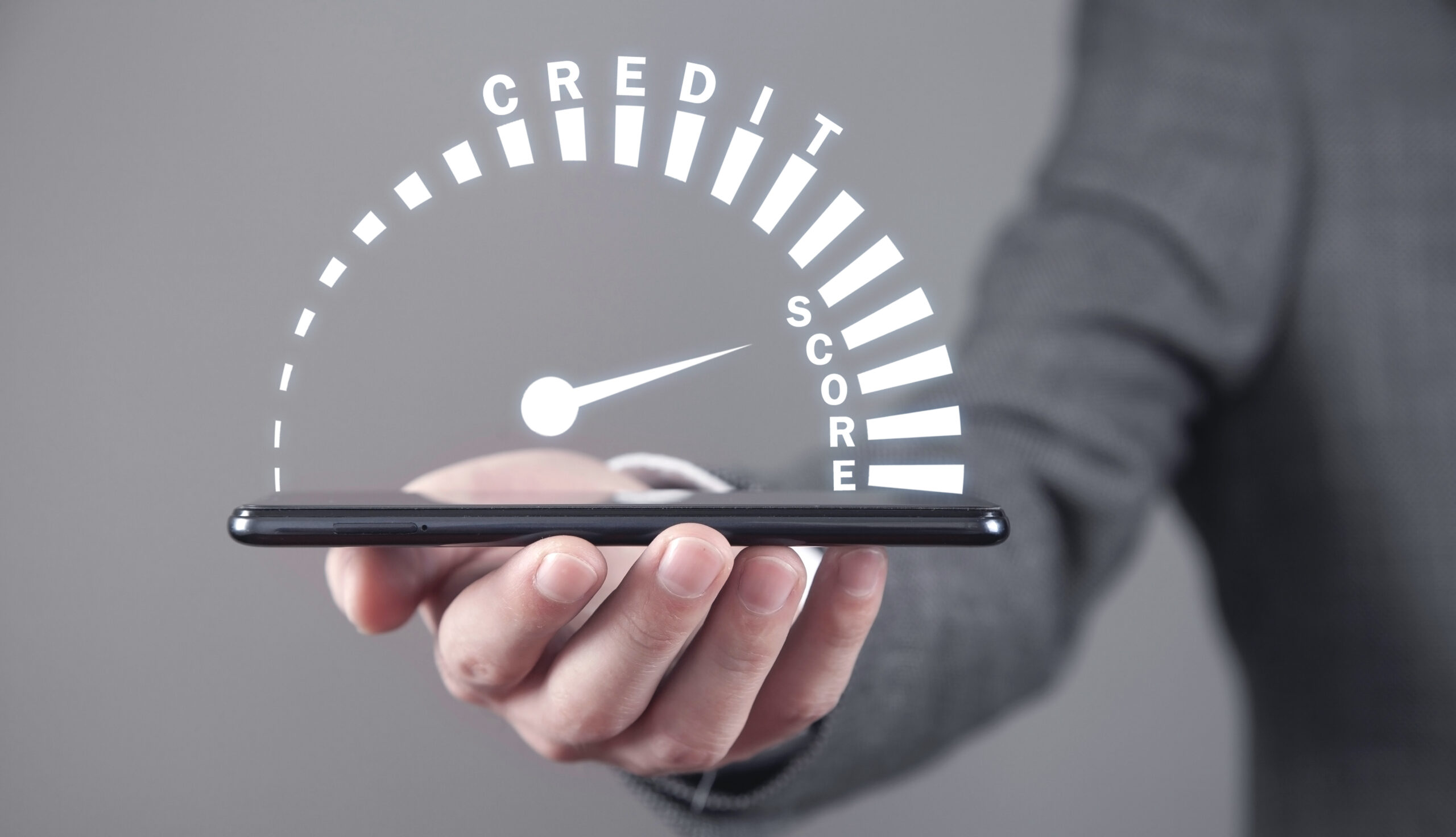
15 Jan Credit Score Crash Course
If you feel like you’re woefully uninformed on credit scores, don’t sweat it. It’s not the most exciting thing in the world and it’s understandable if your eyes tend to glaze over when the topic comes up. There’s a good chance you’ve never even checked your credit score. Research shows that’s the case for about 54% of Americans.
Nevertheless, it’s important to have a basic understanding of how credit scores work and what impacts them. This is crucial if you want to have a good score, which you should. Having a strong credit score not only helps you obtain a car loan or a mortgage, it can save you significant money over the long run in the form of lower interest rates.
What is a Credit Score?
A credit score is a three-digit number that represents your current credit health and suggests how reliable you are at paying bills on time. Scores usually range from 300 to 850. The higher the number, the better your score. Below 580 is considered poor or very poor. 620 to 659 is average. Above 659 is good, above 699 is great, and above 759 is excellent.
Potential landlords and lenders as well as insurance companies and credit card issuers check your score to determine how risky taking you on as a tenant, client, or borrower might be—specifically how likely you are to become delinquent on payments in the next 24 months. Your credit limit and interest rate are also determined by your score.
There are several different credit-scoring models. These are analyses of statistical characteristics found in your credit payment patterns. FICO is by far the most commonly used model with more than 90% of lenders relying on it. Everyone has three different scores because there are three major credit bureaus—TransUnion, Experian, and Equifax, and each of them creates credit reports and assigns scores based on their own internal methods. These reports are shared with various companies and banks.
What factors affect credit scores?
To calculate your score, credit-scoring models consider the following factors:
New credit applications.
If you’re seeking a lot of new credit in a short period, it can be seen as a sign that you’re having trouble paying bills.Length of credit history.
The longer you’ve made use of credit, the better it is for your score.The number and type of loans you have taken.
As long as you’re making your payments, the credit bureaus boost your score if you’re handling a diversity of accounts, like a mortgage, credit cards, a car loan, a student loan, etc.Whether you’ve gone into bankruptcy, a foreclosure, or had any debt sent to a collection agency.
All of these indicate a significant failure to meet your credit obligations. Bankruptcies stay on credit reports for seven to 10 years. Foreclosures stay on for seven years from the date of the first payment you missed.Your history of paying bills.
Paying bills on time is the most important factor for maintaining a good credit score. Even missing just a payment or two can lower your score.Your amount of unpaid debt.
Your total debt versus your total available credit is called your credit utilization ratio. The lower it is, the better.The amount of available credit you’re using.
It’s not good if it looks like you’re overextended.
How do I find out what my credit score is?
It’s easy. You can get credit reports from each of the three major credit bureaus by logging on to AnnualCreditReport.com. It’s the only website authorized by the Federal Government to provide the public with free credit reports.
IF YOU WOULD LIKE TO DISCUSS YOUR FINANCIAL HEALTH WITH A PROFESSIONAL, AXIAS IS HERE TO HELP. CONTACT US
6201892RG_Jan26



No Comments